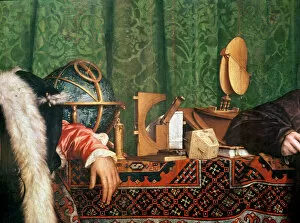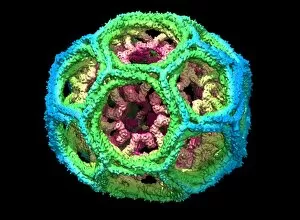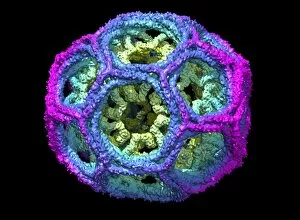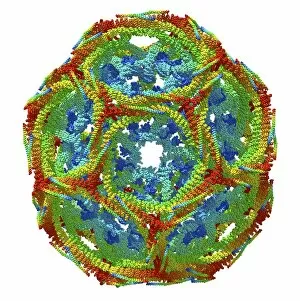Polyhedral Collection
"Exploring the Fascinating World Shapes: From Luca Pacioli's De Divina Proportione to Molecular Models" Polyhedral shapes have captivated human minds for centuries
All Professionally Made to Order for Quick Shipping
"Exploring the Fascinating World Shapes: From Luca Pacioli's De Divina Proportione to Molecular Models" Polyhedral shapes have captivated human minds for centuries, and one of the earliest documented instances can be found in Luca Pacioli's groundbreaking work, "De Divina Proportione, " published in 1509. This influential book introduced readers to various polyhedra, including the mesmerizing Icosahedron and Dodecahedron. Pacioli's intricate illustrations showcased the beauty and mathematical precision of these geometric wonders. The Icosahedron, with its twenty equilateral triangular faces, seemed almost otherworldly in its elegance. Meanwhile, the Dodecahedron boasted twelve regular pentagonal faces that seamlessly fit together. Beyond their aesthetic appeal, these polyhedra held significant symbolic meaning during Renaissance times. They were believed to represent harmony and perfection within nature itself – a testament to divine proportions. Fast forward through history to "The Ambassadors, " an iconic painting by Hans Holbein the Younger from 1533. Amongst its many intriguing details lies a hidden clue - an enigmatic elongated shape on the floor known as an Anamorphic Skull. This distorted image can only be deciphered when viewed from a specific angle using a cylindrical mirror – revealing yet another connection between art and geometry. Moving into modern times, we encounter molecular models depicting Clathrin lattices - complex structures essential for cellular processes such as endocytosis. These intricate networks resemble interconnected cages formed by hexagons and pentagons meticulously arranged in three-dimensional space. As scientific understanding progressed over time, it became evident that polyhedral shapes are not merely abstract concepts but fundamental building blocks found throughout our world – from ancient architecture to microscopic biological systems. Today, researchers continue exploring new applications for polyhedral structures across diverse fields like materials science, architecture, and nanotechnology.













